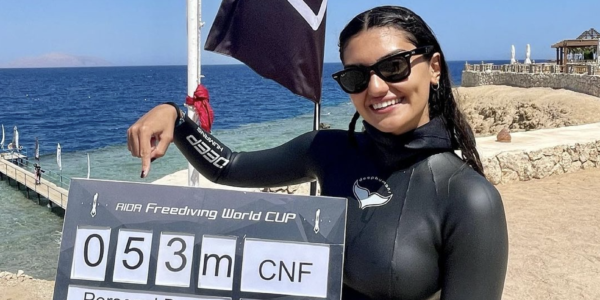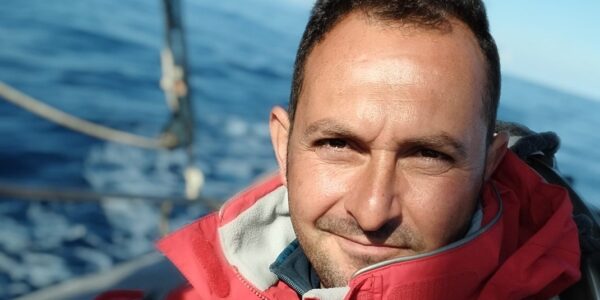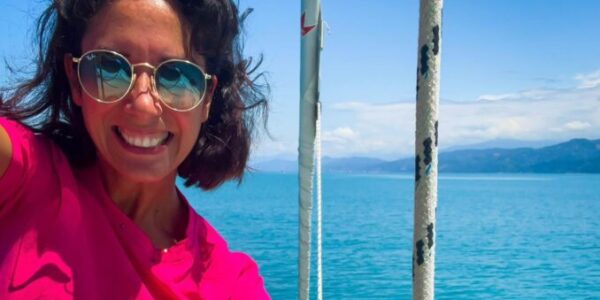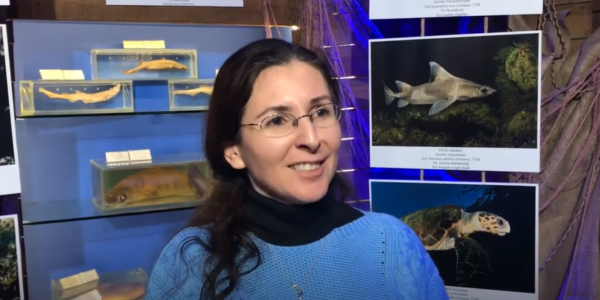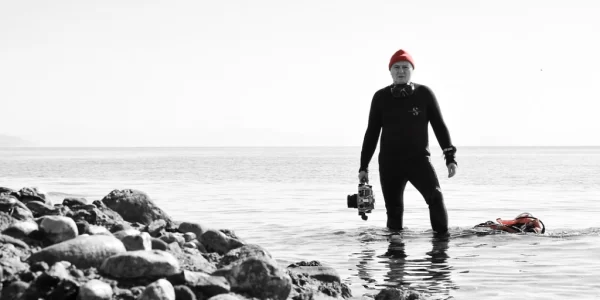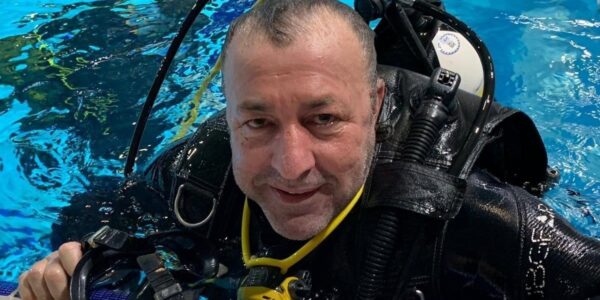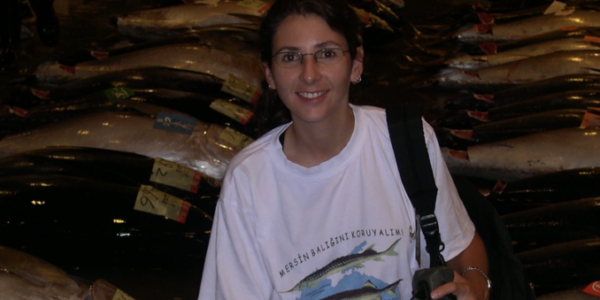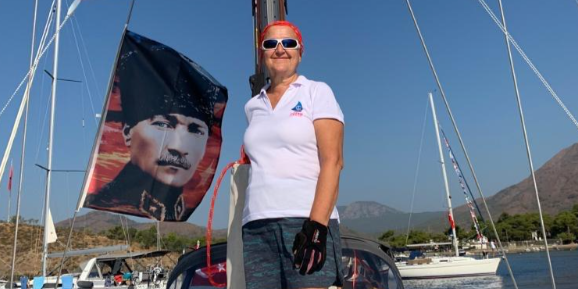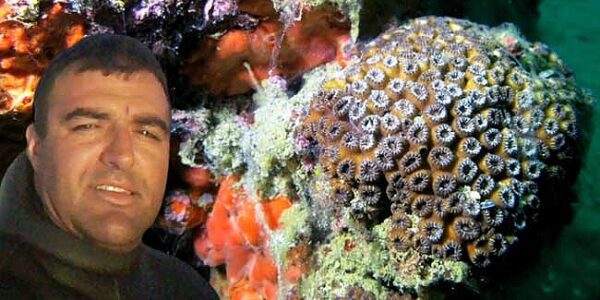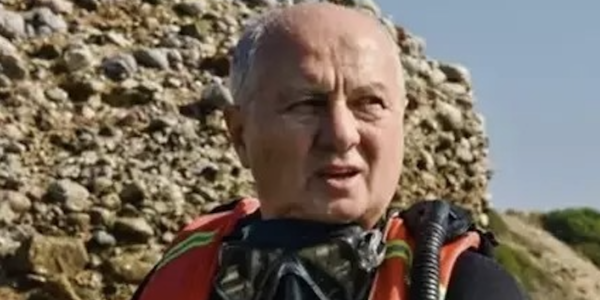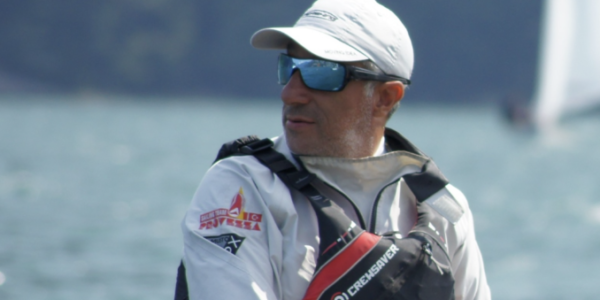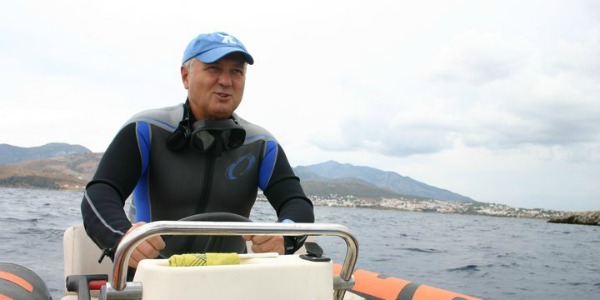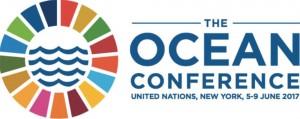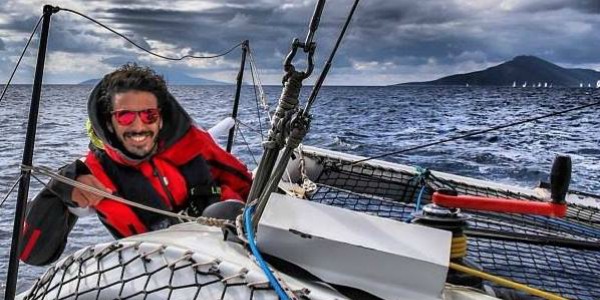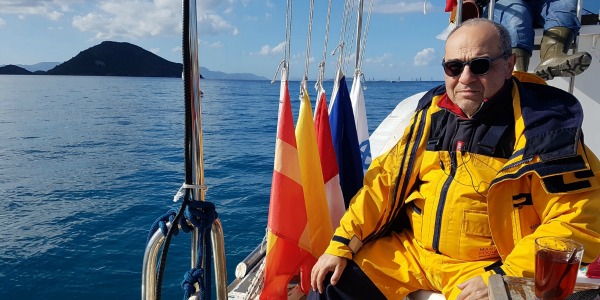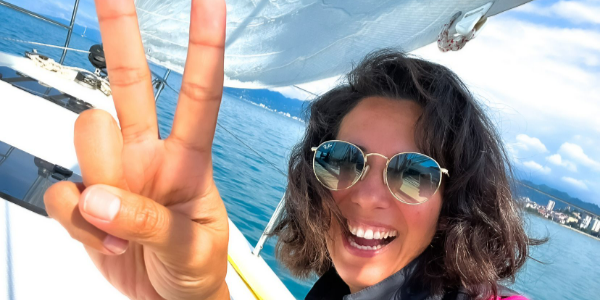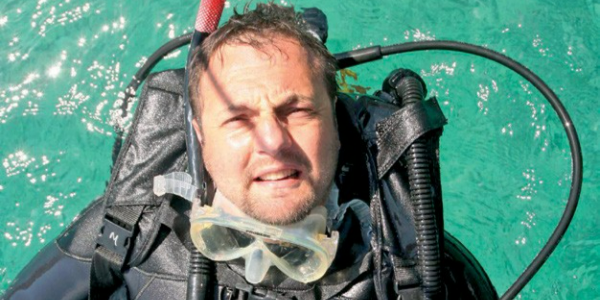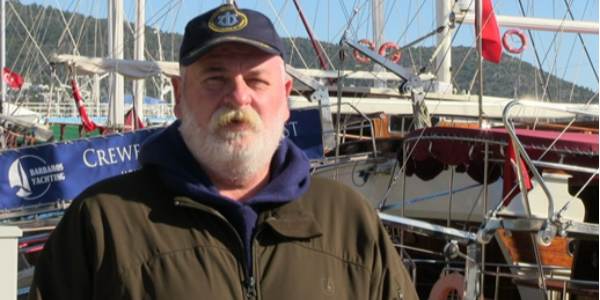The question before delegates from the United Nations member states was this: Can we create a sustainable future for our oceans?
The answer was a resounding “yes,” amidst reports of what we are at risk of losing, delivered by passionate scientists, conservationists and political leaders around the world; in fact, the delegates represented almost all of the 193 member states of the United Nations.
The delegates met June 5-9, 2017, for the U.N. Ocean Conference, a historic special session of the General Assembly to spur the world into protecting the world’s oceans and their critical resources. Appropriately, the convention overlapped World Oceans Day. The conference was held just after the United States withdrew from an agreement made in Paris — known as the Paris Agreement or Accord — at a similar UN Conference. (Every member country signed the agreement except for Nicaragua and Syria.) The U.S. signed, but backed out in June 2017 when President Trump cited that the international accord was not fair to the workers of the United States and that the U.S. was carrying too much of the financial burden.
There were more than 1,300 commitments to action in the Ocean Conference’s outcome document, a global approach to the management and conservation of the ocean.
The Ocean Conference tackled problems ranging from marine pollution to illegal fishing and ocean acidification.
“The Ocean Conference has changed our relationship with the ocean,” said the President of the UN General Assembly Peter Thomson. “Henceforth none can say they were not aware of the harm humanity has done to the ocean’s health. We are now working around the world to restore a relationship of balance and respect towards the ocean.”
Wu Hongbo, Under-Secretary-General for Economic and Social Affairs and Secretary-General of the Ocean Conference, said the Conference marked a major step forward for the implementation of the Sustainable Development Goals. “Participants from member States, NGOs, civil society, the private sector, the scientific community and academia engaged in wide-ranging discussion and shared state-of-the-art knowledge and latest information on marine science and challenges,” he said. “They showcased and put forward many innovative solutions, which can help us achieve Sustainable Development Goal 14, and through its interlinkages the other SDGs and targets.”
SOME OF THE COMMITMENTS MADE
The commitments, in turn, address all the issues needed to achieve Sustainable Development Goal 14 — which is, conserve and sustainably use the oceans, seas and marine resources — and produced significant results:
• Commitments made at the Conference indicate that the world is well on track to protect over 10 percent of the globe’s marine areas by 2020. The commitments made during the conference add 4.4 percent of marine areas to the existing number.
• Many countries announced steps to reduce or eliminate various single-use plastics, such as plastic shopping bags, which ultimately find their way to the ocean.
• Numerous countries announced that they were stepping up their efforts to reduce the amount of sewage and pollution entering the ocean from land-based activities.
• Many commitments focused on expanding scientific knowledge about the ocean and developing and sharing innovative technologies to address ocean challenges.
• There were new commitments to protect and manage fisheries. Some countries announced “no-take zones” for certain fishing.
• Commitments were made to establish systems that allow consumers to source sustainable fish.
• New commitments were also made to combat illegal, unreported and unregulated fishing, and to curtail fishing subsidies that are working to deplete fish stocks.
Source: Sport Diver
